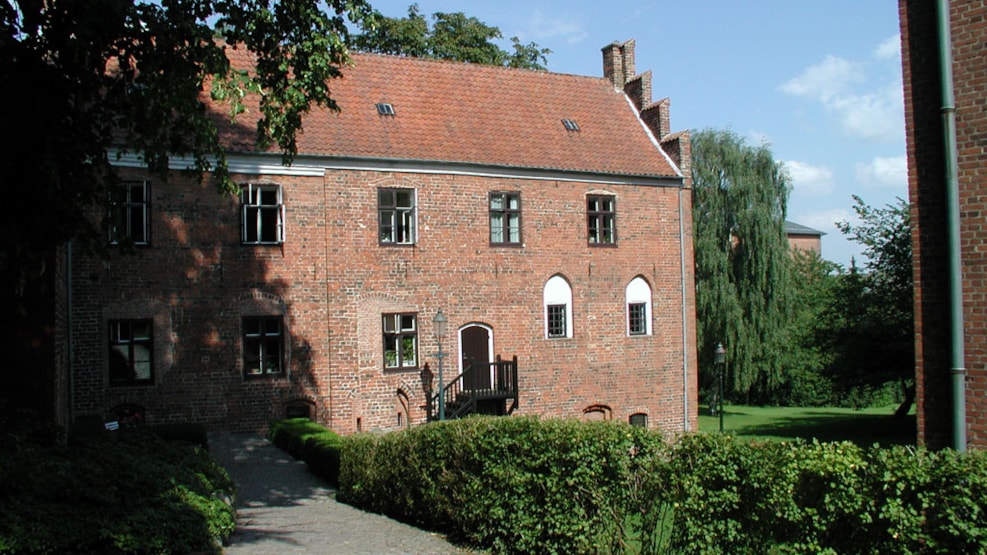
Viborg Gråbrødre Monastery's
Discover Viborg Gråbrødre Kloster and dive into a fascinating part of Denmark's history where church and royalty went hand in hand. When the Franciscan monks, known as the Grey Friars, came to Viborg in 1235, they were welcomed and well liked, and they were given a hilltop location close to the cathedral and the Convent of St Mary.
In 1018, Canute the Great came to the manor and craft stalls at Søndersø and had gold coins minted. Viborg quickly developed into a central centre of power, where the king held county councils and court meetings and the church held religious festivals.
A city in development
In 1027, Hardeknud became the first king to be honoured at the Viborg Parliament, and in 1060 Viborg became a bishopric. As the town grew in importance, a cathedral, 12 parish churches and 3 monasteries were built within the ramparts, which King Sweyn had built in 1151.
Feasting and trade
In connection with the church's religious celebrations, the city held market days to emphasise the festivities. These markets quickly became well known and attracted people from near and far.
The city of the king and the church
Throughout the Middle Ages, for 650 years, Viborg remained an important city for both the king and the church. The city's history is characterised by royal and religious events that have left their mark on Viborg's cultural heritage.
Viborg Gråbrødre Monastery's buildings as they stand today are the remains of a large building complex containing two monastery courtyards, a church and various smaller outbuildings. The east wing with the King's Chamber and the "basement church" dates from the 16th century.
Since 1949, Gråbrødre Abbey Church has been housed in the vaulted basement under the current main wing.
The church is closed, but visits can be arranged by appointment in connection with a booked guided city walk.